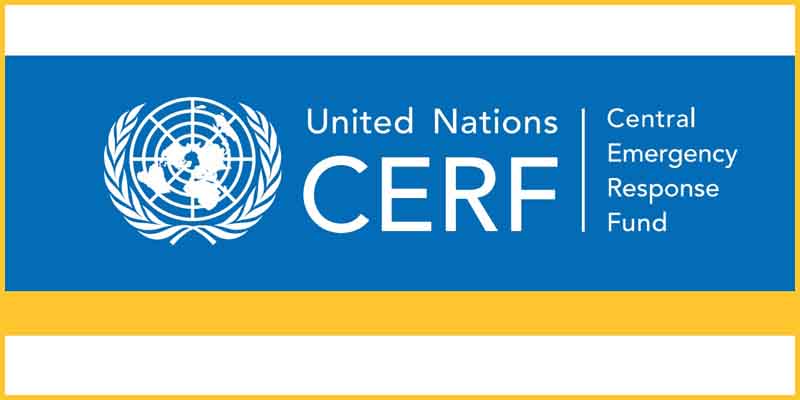- World
- May 23
What is the purpose of UN Central Emergency Response Fund (CERF)?
• The UN Central Emergency Response Fund (CERF) has allocated new funds to crisis situations in many countries on May 21.
• The CERF made $750,000 available to support cholera response in the Democratic Republic of the Congo.
• The emergency funds will enable the World Health Organisation (WHO), the UN Children’s Fund (UNICEF), and partners to deliver critical aid, including timely cholera detection and response, medical treatment, risk communication, and community engagement.
• In addition, CERF allocated $10 million to help more than 270,0000 people in vulnerable communities across South Sudan, where the threat of renewed civil war looms. Ahead of the rainy season, CERF’s life-saving aid will notably target communities who have been impacted by overlapping crises, especially conflict and displacement in the states of Jonglei and Upper Nile.
• CERF also allocated $9.5 million to support climate action initiatives in eight countries: Afghanistan, the Central African Republic, Chad, Mauritania, Niger, Somalia, Venezuela, and Zambia.
Central Emergency Response Fund (CERF)
• The Central Emergency Response Fund (CERF) is a humanitarian fund established by the UN General Assembly in December 2005 and launched in March 2006
• It is one of the fastest funding instruments available to help people affected by crises.
• CERF seeks to enable more timely and reliable humanitarian assistance to those affected by natural disasters and armed conflicts.
CERF’s objectives:
i) To promote early action and response to reduce loss of life.
ii) To enhance response to time-critical requirements.
iii) To strengthen core elements of humanitarian response in underfunded crises.
• CERF’s rapid response window allows country teams to kick-start relief efforts immediately in a coordinated and prioritised response when a new crisis emerges.
• The Emergency Relief Coordinator manages CERF on behalf of the UN Secretary-General and is supported by the CERF secretariat, which ensures that funds are allocated properly, disbursed in a timely manner, and that the use of funds is reported appropriately and transparently.
• Since its creation by the UN General Assembly in 2005, and with generous contributions from 130 Member States and observers, as well as other donors including private individuals, CERF has assisted hundreds of millions of people with some $9.6 billion across more than 110 countries and territories. This includes $3.3 billion to underfunded crises. CERF has an annual funding target of $1 billion.
• CERF is the leading global humanitarian funding tool for responding to climate-related humanitarian emergencies. To strengthen this function, CERF launched its Climate Action Account at COP28, offering a quick, efficient and impactful avenue for climate-related humanitarian finance.
• It aims to assist the world’s most vulnerable communities facing the consequences of the climate crisis, including through anticipatory action and life-saving projects that also build people’s adaptation and resilience.
Manorama Yearbook app is now available on Google Play Store and iOS App Store

